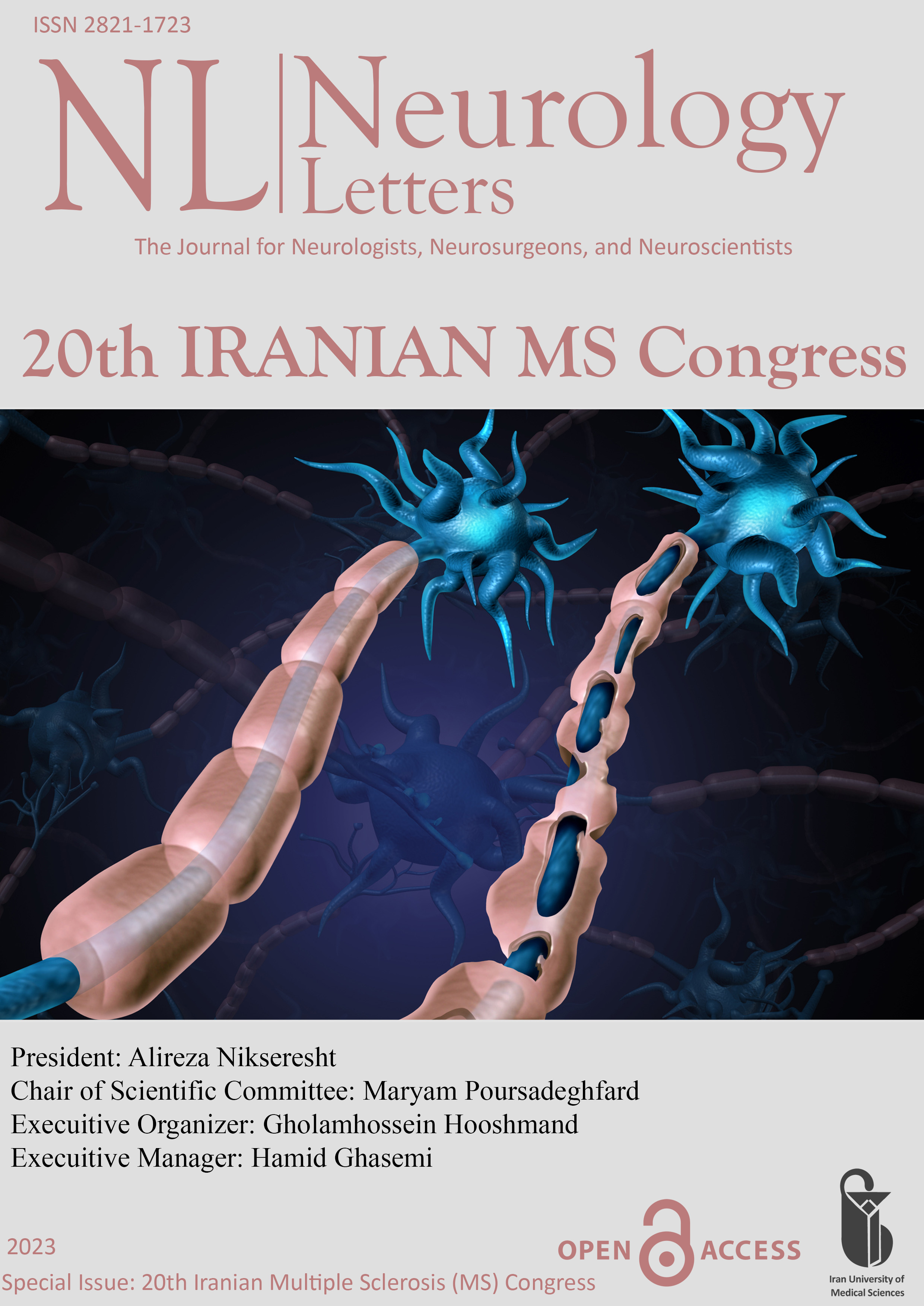Optic neuritis updates (ORP-57)
Document Type : Oral Presentation
Author
Shahid Beheshti University of Medical Sciences, Tehran, Iran
Abstract
The optic nerve is a relatively small structure, with a total length of 50 mm, but there are numerous causes of optic nerve disorders, including: inflammation, tumours, vascular disorders, metabolic diseases, infections, drugs, systemic diseases, genetic diseases, and trauma .
Optic neuritis (ON) is the most common cause of optic nerve involvement in young adults and occure as a demyelinating disorder of central nervous system. The estimated incidence of ON is 1.5–5.1 cases per 100,000 person-years, which are predominantly typical ON (i.e., idiopathic or associated with multiple sclerosis (MS). Our understanding of the significance of optic neuritis has changed over the recent years. It was considered as a presentation of multiple sclerosis for decades, however Multiple sclerosis is the most common demyelinating disease associated with optic neuritis , it is important to differentiate from other auto immune processes such as NMOSD , MOGAD , GFAP-IgG-associated optic neuropathy, CRMP5-IgG-associated optic neuropathy . CRION is another idiopathic optic neuritis and is both rare and a diagnosis of exclusion.
It is important to differentiate typical from atypical ON because the prognosis and treatment differ among these etiologies. Features that should raise concern for atypical ON are as below :
Childhood or elderly onset,
Severe vision loss,
Prominent optic disc edema,
Poor visual recovery,
Recurrence after steroid treatment,
Steroid dependence
Presentation of Acute Optic Neuritis, Treatment Considerations for Acute or Recurrent Optic Neuritis, Workup Considerations for Acute or Recurrent Optic Neuritis ( Diagnosis of optic neuritis and autoimmune optic neuropathies ) will be discussed.
Keywords
 Neurology Letters
Neurology Letters
